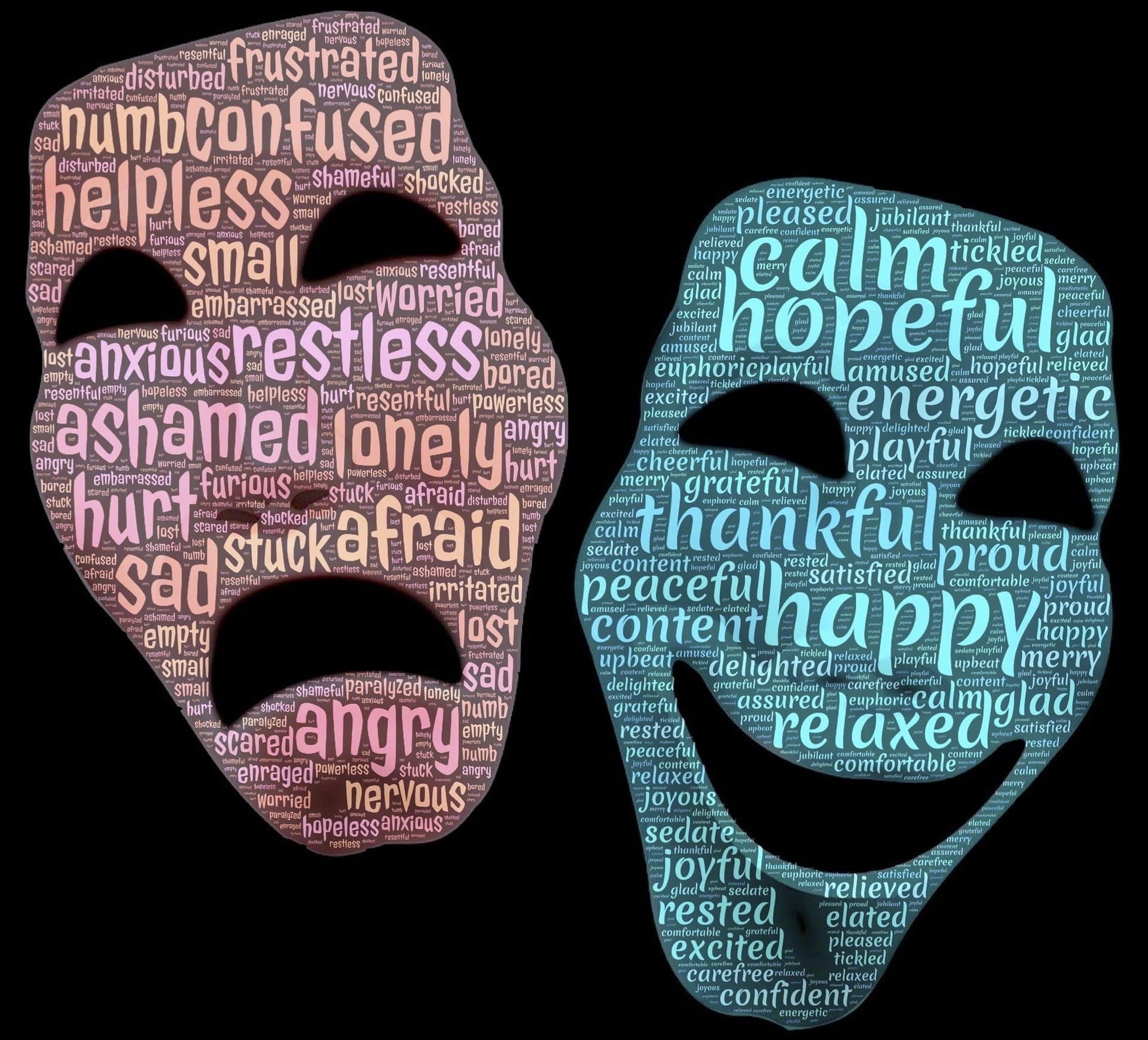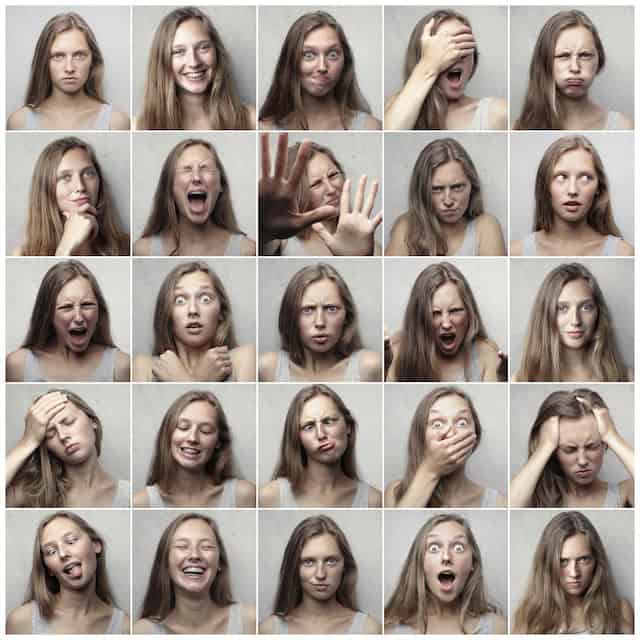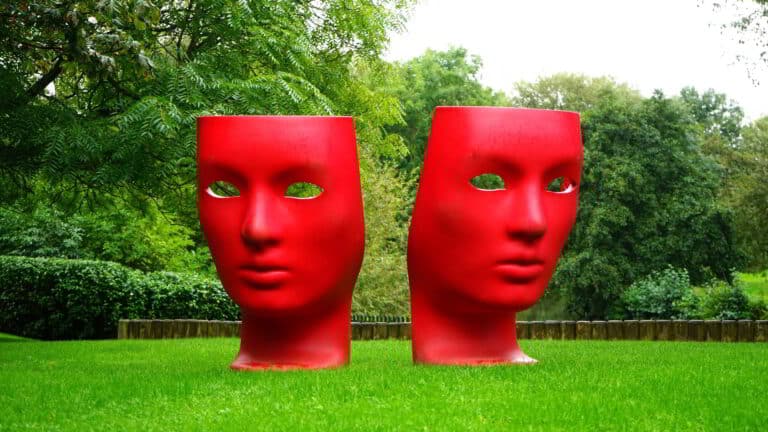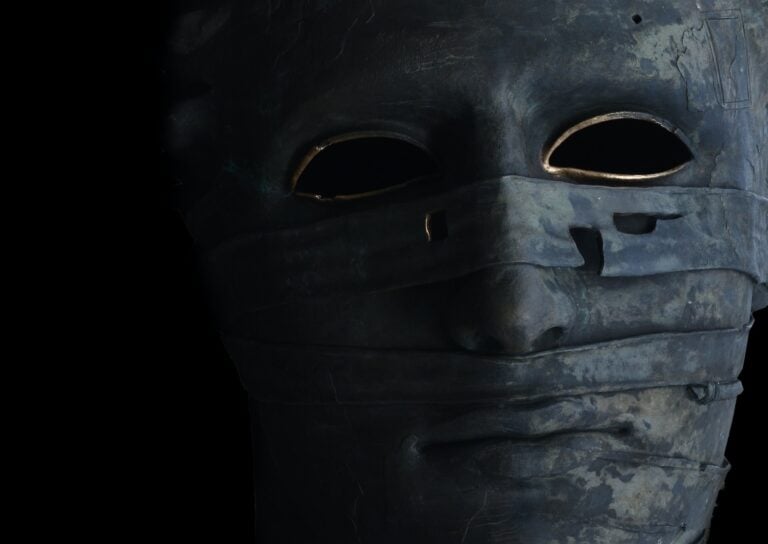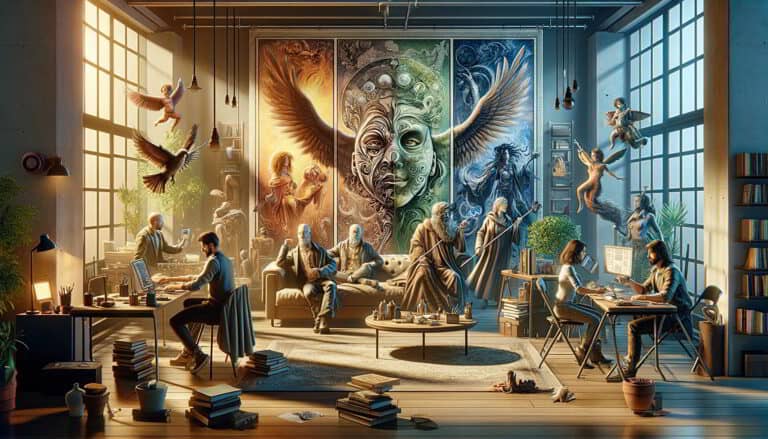Enneagram Archetypes and Jungian Archetypes: Key for Fiction Characters
Unleash the power of personality archetypes to create compelling, deeply human characters for your next masterpiece.
Discovering the Enneagram and Jungian Archetypes
Let’s embark on an exploration of character-building with the Enneagram and Jungian archetypes. These two systems provide powerful tools for understanding and crafting the human psyche, an essential aspect of compelling character creation.
The Enneagram is a system of nine interconnected personality types, each with unique motivations, fears, and desires. From the perfectionistic Type One to the peace-loving Type Nine, the Enneagram offers insight into the driving forces behind your characters’ actions.
Jungian archetypes, on the other hand, are universal, archaic patterns that derive from the collective unconscious. Carl Jung identified twelve primary types, including the Hero, the Caregiver, the Explorer, and the Sage, among others. These archetypes provide a framework for understanding the roles your characters may play in their world.
“The privilege of a lifetime is to become who you truly are.” – Carl Jung
Jung’s quote perfectly encapsulates the transformative journey your characters undertake as they navigate their worlds, driven by their unique combination of Enneagram and Jungian archetypes.
Interplay of Enneagram and Jungian Archetypes
Understanding the interplay of Enneagram and Jungian archetypes can unlock new dimensions in character development. A single Enneagram type can embody different Jungian archetypes, and vice versa, adding a layer of complexity and depth.
For example, an Enneagram Type Two, The Helper, motivated by a desire to feel loved, could manifest as the Caregiver, offering support and love to others. Alternatively, they could also embody the Lover archetype, seeking intimacy and acceptance.
Consider an Enneagram Type Seven, The Enthusiast, who seeks excitement and experiences. They might embody the Explorer, driven by the desire for freedom and discovery. But they might also resonate with the Jester, who seeks to live in the moment and enjoy life.
“Every form of addiction is bad, no matter whether the narcotic be alcohol, morphine or idealism.” – Carl Jung
Jung’s quote reminds us that characters, like real people, are flawed. They can become overly attached to their desires, fears, and ideals. Understanding the potential pitfalls of each archetype can help you portray realistic, relatable characters.
Crafting Complex Characters with Archetypes
Archetypes are not meant to be restrictive molds, but starting points that inspire complex character creation. It’s the interplay of these archetypes and the personal experiences of your characters that breathe life into them.
Consider how your characters’ Enneagram types influence their reactions in different situations. How does their Jungian archetype shape their role in the story? How do their motivations clash or align with others, and how does this dynamic evolve?
“People will do anything, no matter how absurd, to avoid facing their own souls.” – Carl Jung
Jung’s words echo the heart of storytelling – conflict. Characters are often confronted with the harsh truths of their own personalities, leading to transformative character arcs. The interplay of Enneagram and Jungian archetypes can provide a roadmap for these arcs, creating emotionally engaging narratives.
Conclusion: Harnessing the Power of Archetypes
Enneagram and Jungian archetypes offer a profound toolkit for crafting compelling, authentic characters. They provide a blueprint of human psychology that can bring depth, complexity, and realism to your fictional world.
Remember, these archetypes are not rigid structures, but fluid and flexible guides that can help you understand the human psyche and create characters that resonate with readers on a deep, emotional level. Embrace the dynamic interplay of these systems, and allow your characters to evolve organically, driven by their unique blend of motivations, desires, and fears.
“Until you make the unconscious conscious, it will direct your life and you will call it fate.” – Carl Jung
Jung’s quote encapsulates the narrative potential of the Enneagram and Jungian archetypes. They provide a language for the unconscious, illuminating the hidden depths of your characters’ psyches. By weaving these elements into your storytelling, you invite readers to embark on a journey of self-discovery alongside your characters.
FAQs
What are Enneagram and Jungian Archetypes?
Answer: The Enneagram is a system of nine interconnected personality types, while Jungian archetypes are universal patterns from the collective unconscious. Both systems provide valuable insights into human psychology and can be applied in character creation for fiction.
How can I use Enneagram and Jungian Archetypes in character development?
Answer: These archetypes can be used to understand your characters’ motivations, desires, and fears. They can provide a roadmap for character arcs, create conflict, and add depth and complexity to your characters.
Can a character embody more than one archetype?
Answer: Absolutely. Characters can embody different archetypes at different points in the story, or even simultaneously. The interplay of multiple archetypes can add richness and realism to your characters.
Keywords: Enneagram archetypes, Jungian archetypes, character creation, character development, storytelling, fiction writing, Enneagram in fiction, Jungian archetypes in fiction.
